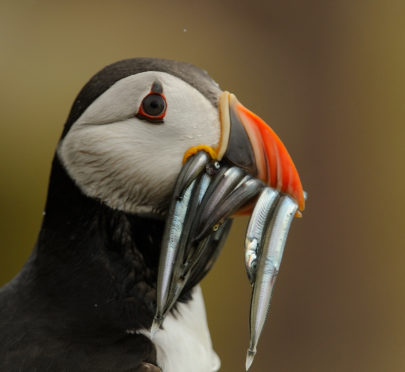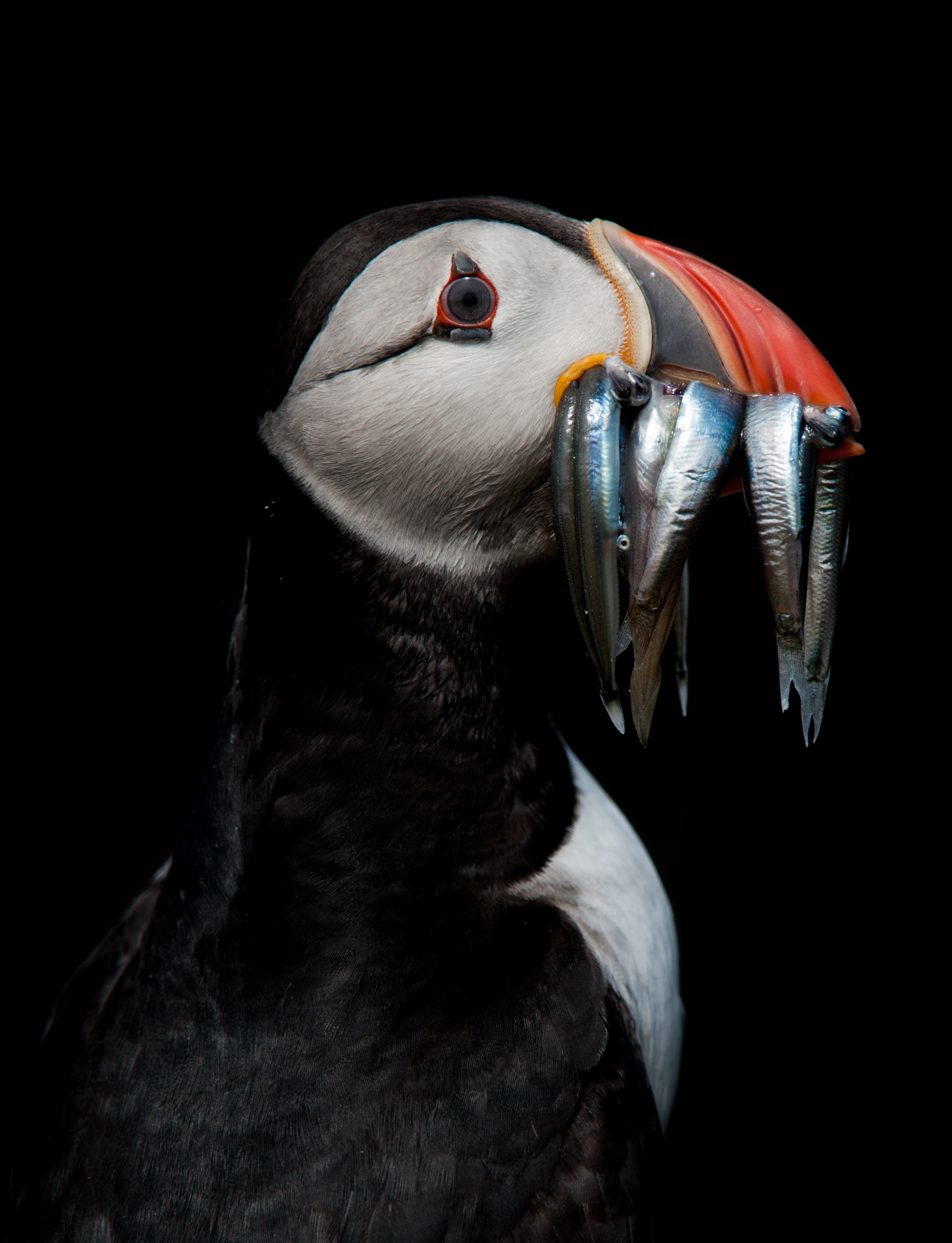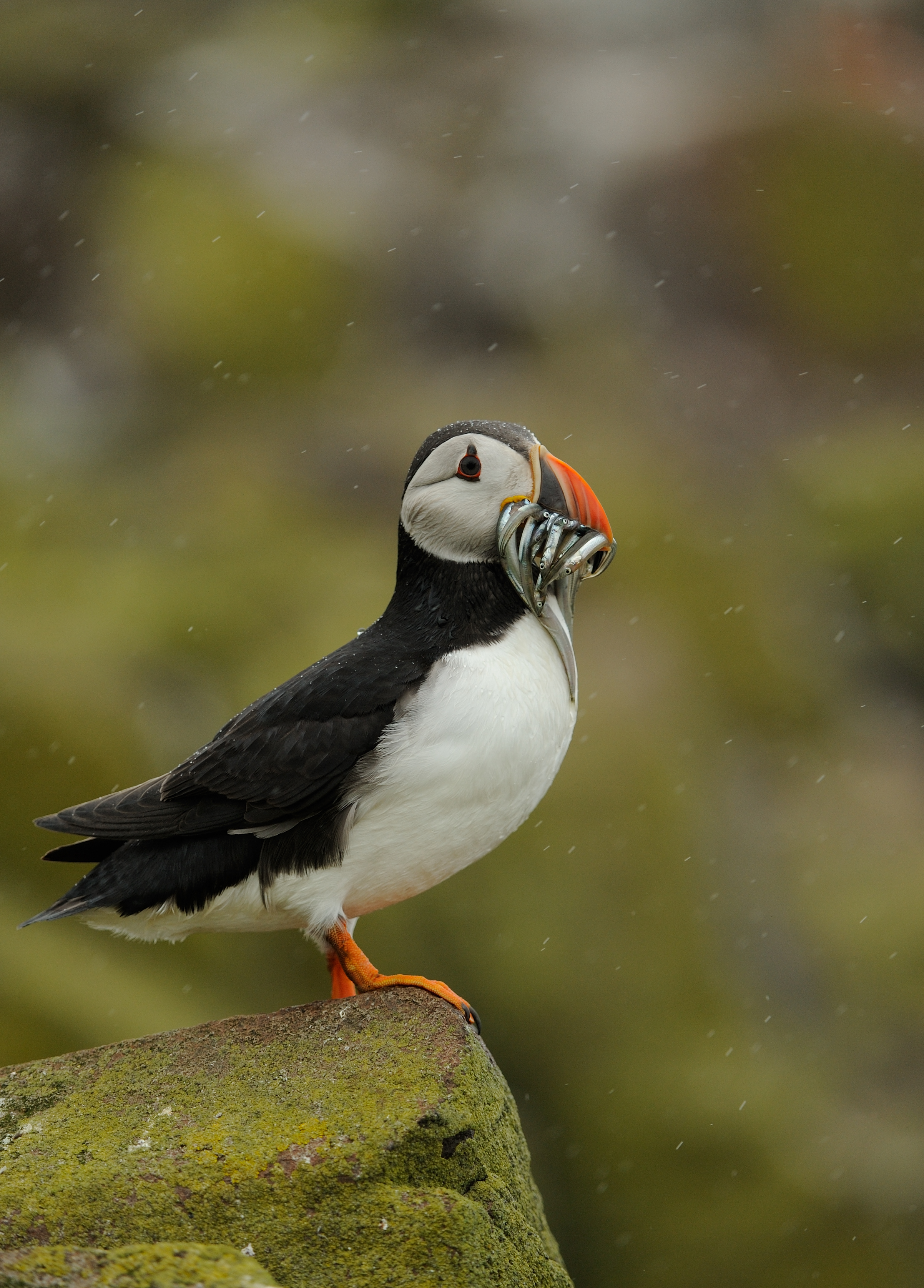With their bright colours and expressive features, they are one of Scotland’s most photogenic birds.
But now, conservationists are asking public to get snap happy with puffins – so they can find out their eating habits.
The Royal Society for the Protection of Birds (RPB) has launched its annual Puffarazzi project.
Visitors to puffin colonies around the UK and Ireland – including Lunga off Mull, Noss in Shetland and Fair Isle – in spring and summer this year and next are asked to join the Puffarazzi by photographing these colourful seabirds with fish in their bills.
The project is now also asking for historical photos to be submitted as well to aid conservation efforts. All these images will help scientists learn more about what puffins are feeding their chicks, known as pufflings.
Project leader Dr Ellie Owen said: “We’re so excited that Puffarazzi is back. The response last time was overwhelming and it’s thanks to this success that we’ve expanded the project.
“Puffins are facing a bleak future and we want to change that, which is why we need to learn more about how puffin food stocks have changed over the years. We’re asking you to dig around in your photo albums and digital files and to send us any applicable photos you have, however old they are. However big or small the fish in the photo is it will be really useful for us.
“Anyone can join the Puffarazzi – back in 2017 our youngest volunteer was just 11 – and if you took part two years ago you can do so again. Our project website has all the information on how to take part, while keeping yourself and the puffins safe.”
Puffins as a species are now classed as vulnerable to extinction. This project aims to find out the causes of these UK declines which are likely to be related to a reduction in food availability caused by climate change. Scotland is one of the most important places for puffins, with 80% of the UK and Ireland population breeding here.
Guidance on the Puffarazzi website includes how to avoid disturbing puffins while photographing them such as avoiding spending more than a couple of minutes photographing a puffin carrying fish, keeping movements and noise to a minimum, not walking near or over puffin burrows, and keeping more than five yards away from puffins at all times.
Dr Owen added: “We know that many people have been inspired by the plight of these plucky little seabirds and want to help them. By becoming part of the Puffarazzi you’ll be filling in key knowledge gaps currently holding puffin conservation efforts back and will help shape future advice for government on how best to safeguard puffins.”


